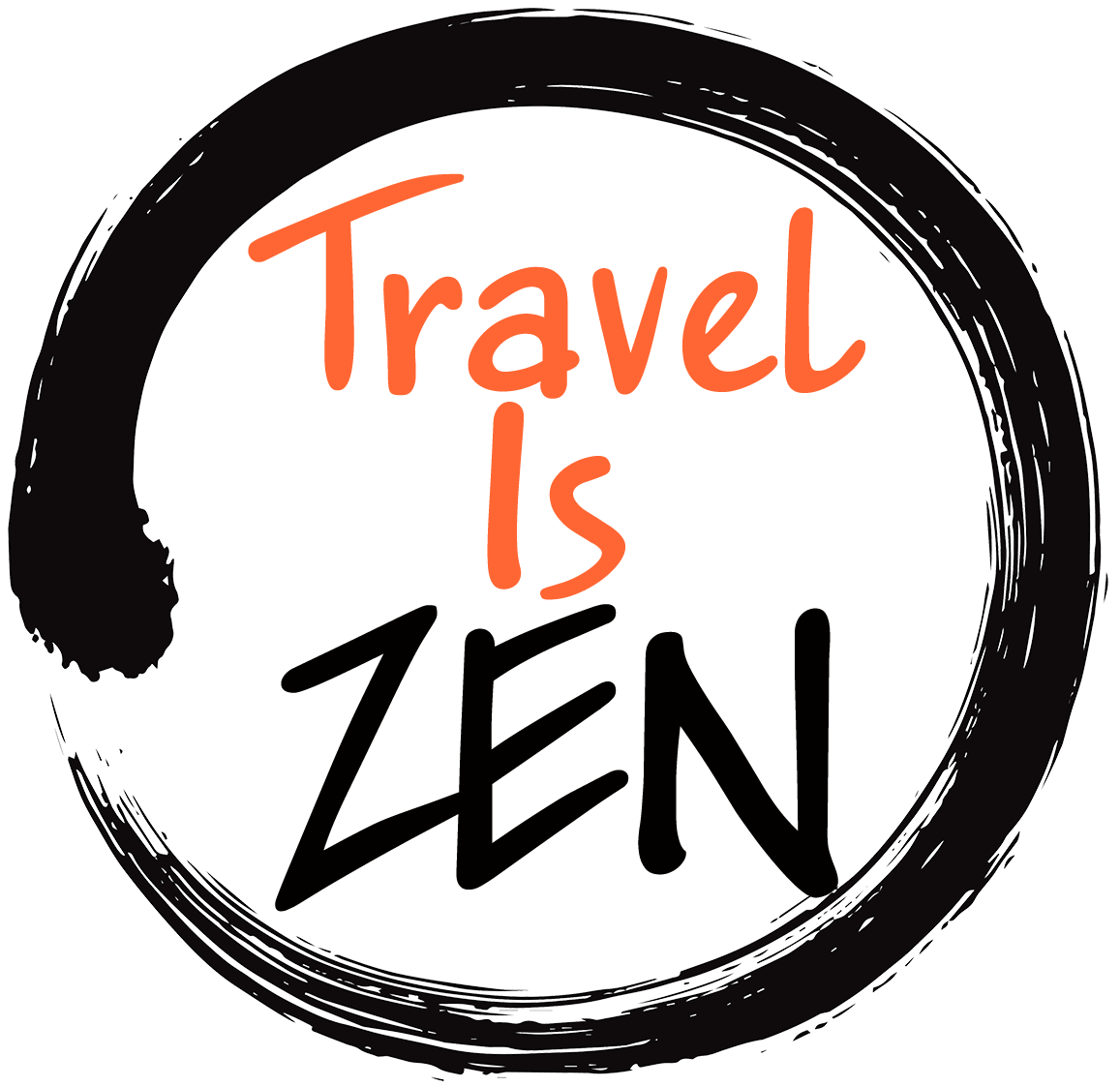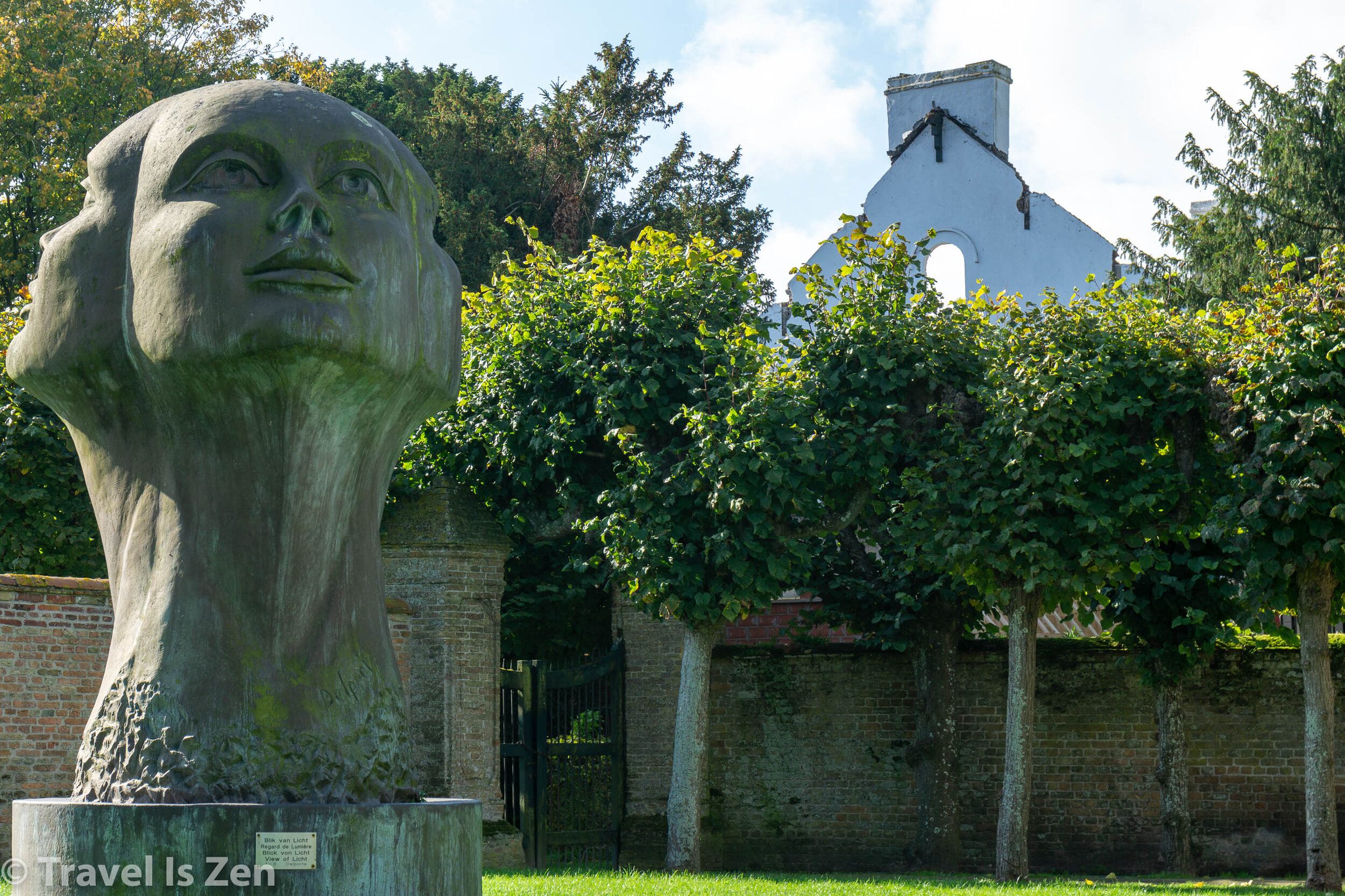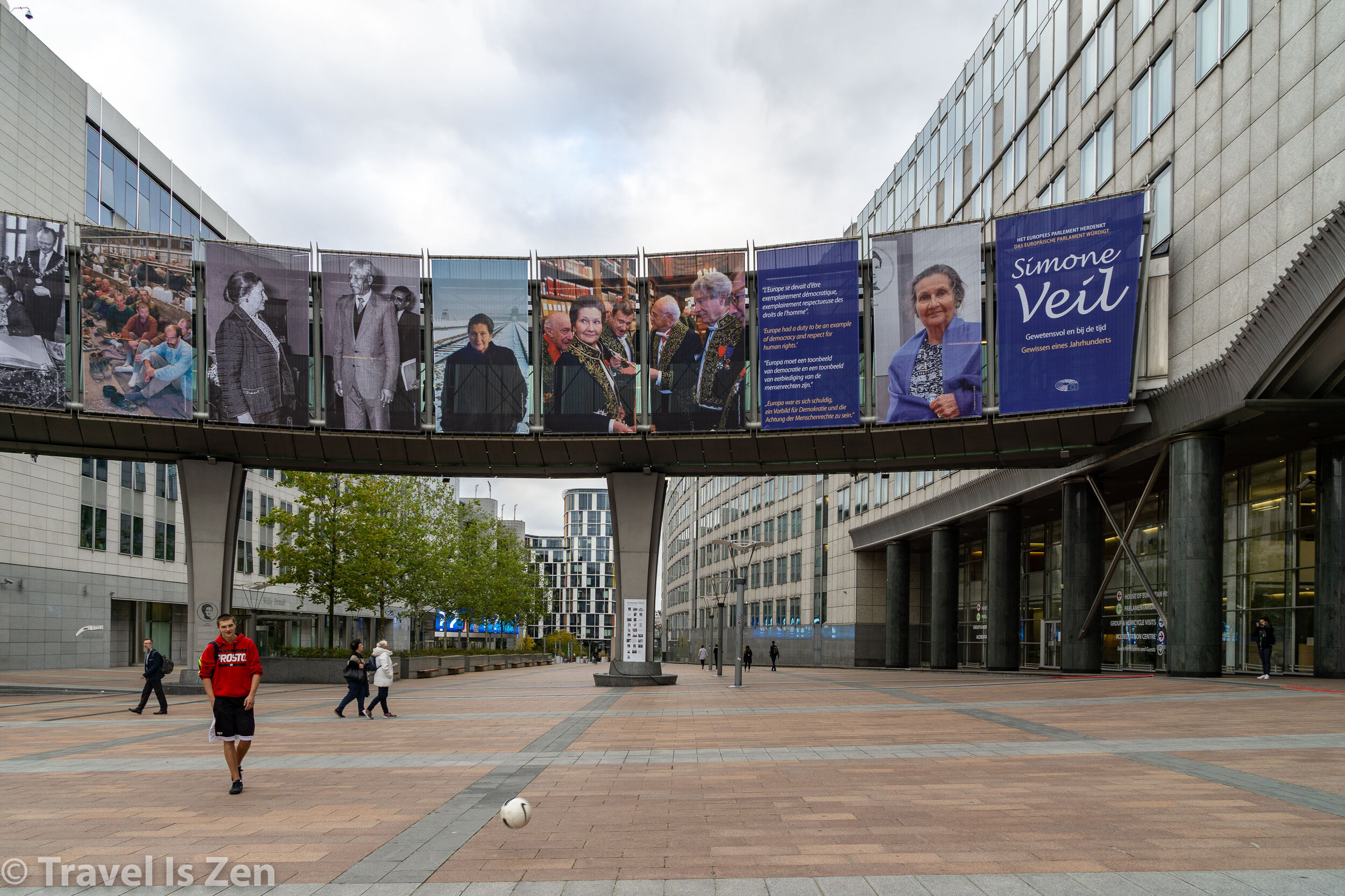Belgium
Beer. Waffles. Chocolate. Repeat. Ain’t nothing wrong with enjoying the gastronomic pleasures of Belgium. Beyond the palate, though, there is so much more! Following a business trip to London in the Fall of 2017, I hopped on a train for an extended weekend of exploration. From London to Brussels takes a little over two hours and, at about $50-$60 dollars, is crazy-cheap (by U.S.A. train ticket standards). Belgium is roughly the size of Maine or South Carolina in the United States, with about 11.5 million residents. It’s hard to believe that such a small country can have three separate language zones (French, Dutch and German) - and that is usually a clue that layers of rich history await discovery!
Belgium sits in the fulcrum of Western Europe, playing a pivotal role in all major events. Let’s start at the beginning. The land was considered part of the “wild” territory known as Gaul by the Romans and the Belgae people were conquered by Julius Caesar’s troops in 53 B.C. As occurred throughout Europe, Roman influence shaped settlements, towns, trade, and civic administration for several hundred years. After Charlemagne’s conquest of Europe in the 8th century, Belgium was subsumed into the Carolingian Holy Roman Empire. When the Carolingian Empire fractured into three kingdoms after the Treaty of Verdun in 843, the territory fell under the rule of Emperor Lothair and became part of Lotharingia. This unity was relatively short-lived, however, and by 1000 A.D., Belgium devolved into a patchwork of independent fiefdoms within a feudal system that lasted throughout the Middle Ages.
Burgundian Glory in the 1400’s
Brussels, Belgium — Burgundian opulence
In 1356, a Frenchman named Philip saved his father, the King of France, on the battlefield and was awarded the fiefdom of Burgundy in north-eastern France. Duke Philip married the daughter of the Count of Flanders and began establishing a series of fiefdom alliances northward across the territory formerly known as Lotharingia. His son, John the Fearless, further strengthened the burgeoning “Kingdom of Burgundy”. Encompassing all of Belgium, Burgundy flourished under Philip’s grandson, Philip the Good, who built his castle Coundenberg in Brussels, near present-day Place Royale. Gathering renowned artists and architects of the age, the opulence of Ghent, Bruges, and Brussels became the envy of Europe.
The entire cities of Bruges and Ghent are Burgundian art. — Julien Oeuillet
Complicated Twist of Fate in the 1500’s
Pay attention here, because this is where it gets intriguing and complicated. Philip the Good’s son, Duke Charles, auspiciously married into the up-and-coming Habsburg lineage. When Charles was killed in battle, the Austrian Habsburgs inherited the territory of Belgium through his daughter, Marguerite (Mary) in 1477. Mary married the Austrian Habsburg prince Maximilian, who later became Emperor Maximilian I of the Holy Roman Empire. All of the wealth, art, and craftsmanship of Burgundy fell under control of the Habsburg family, with Maximilian’s grandson, Charles, inheriting the region in 1506. Soon enough, Charles became Holy Roman Emperor and went on to ascend the throne of Spain, decreeing that the lands of Belgium and the Netherlands were Spanish territory in 1549. So, let’s recap: The “French” Kingdom of Burgundy was absorbed into the Austrian Habsburg family through marriage; shortly thereafter, it transferred to Spanish Habsburg control in the same manner.
Meanwhile, the Protestant Reformation that had begun with Martin Luther’s posting of the 95 Theses in Germany in 1517 had spread across northern Europe. Charles’ successor, Philip II, attempted to suppress Protestantism, but this only sparked a rebellion in 1566 and religious wars ensued on Belgian lands for 80 years, until the Treaty of Westphalia in 1648 finally loosened Catholic grip. For another two centuries, Belgium was given significant autonomy but remained technically under the rule of the Habsburg Empire.
Belgian Revolution 1830
Belgium’s independence story really commenced after Napoleon’s defeat at Waterloo (just south of Brussels) in 1815. The victorious powers established the United Kingdom of Netherlands in an attempt to create a buffer state that would hinder future French aggression upon Britain, Austria, and Prussia. Historical, religious and lingual differences of the people under the umbrella of the new kingdom were problematic from the start.
Under Habsburg rule, the Belgians were given a great degree of autonomy and resented being ruled by King Willem of the Netherlands. A large majority of Belgians in the southern provinces were Catholic and French-speaking and felt oppressed by the Protestant Dutch-leaning preferences of the north. On August 25, 1830, the Belgium people revolted and declared their independence. Borders were drawn in roughly the same shape as the Kingdom of Burgundy half a millennium earlier. Belgium established a liberal constitution headed by a monarchy, but with the bulk of power in the hands of a parliament elected by land owners. Brussels became its capital city. With empire-building and resource pillaging all the rage in the late 1800’s, King Leopold II dipped his hand into colonial rule in Africa, establishing the “Belgian Congo” in 1905, which lasted until 1960.
Modern Belgium
Belgium became a battleground during World War I, after Germany invaded neutral Belgium, antagonizing Britain into entering the war to protect its ally. Again during World War II, German troops invaded Belgium in 1940, with Nazi occupation lasting until 1944.
Following the war, Belgium turned its attention to ongoing civil challenges, such as decolonization, resolving language and educational issues within its small state, and linking economic growth with a more equitable distribution of income and social benefits. Its politics and economy continued to be polarized: the Flemish north area prospered, receiving the bulk of foreign investment from Britain and the United States, which subsidized its heavy industries located in the french-speaking Walloon south. Linguistic and economic tensions threatened a civil war, but throughout the 1970s and 1980s, the country underwent a process of federalization that provided greater autonomy to the two regions.
Its participation in NATO and in the formation and evolution of the European Union helped expand Belgium’s markets. Brussels became the “capital of Europe” as EU institutions were built in the city.
Highlights of Our Trip
Our short trip to Belgium was limited to the Dutch Flanders region of the north. Public transportation is terrific (of course - it’s Europe!). We took a train from Brussels to Bruges. Bruges is a tourist kluge, so we rented a bicycle and headed out of the congestion and onto country roads to Damme. We stopped at a shop, purchased some wine and picnic snacks and cycled along the Damme canal to Our Lady of the Church cathedral. Along the way, we passed numerous windmills and enjoyed cool but sunny Fall weather. From Bruges, we took another train to Ghent. We only had a few hours, so we climbed the tower inside St. Bravo’s cathedral for a bird’s eye view of the city and Gravesteen castle in the distance. Back in Brussels, we ate our share of chocolate, waffles, and pomme frites, washed down with cold glasses of Belgium beer…and then walked off the calories with an ambitious walk to the EU headquarters. Of course, we also passed through the Grand Palace Market, snapped some pics of the amusing crowd gathered at the pissing statue, and listened to some tunes by an outdoor band playing in Mont des Arts. I love the cycling culture in Belgium and hope to tour more of the country on bike one day.
































